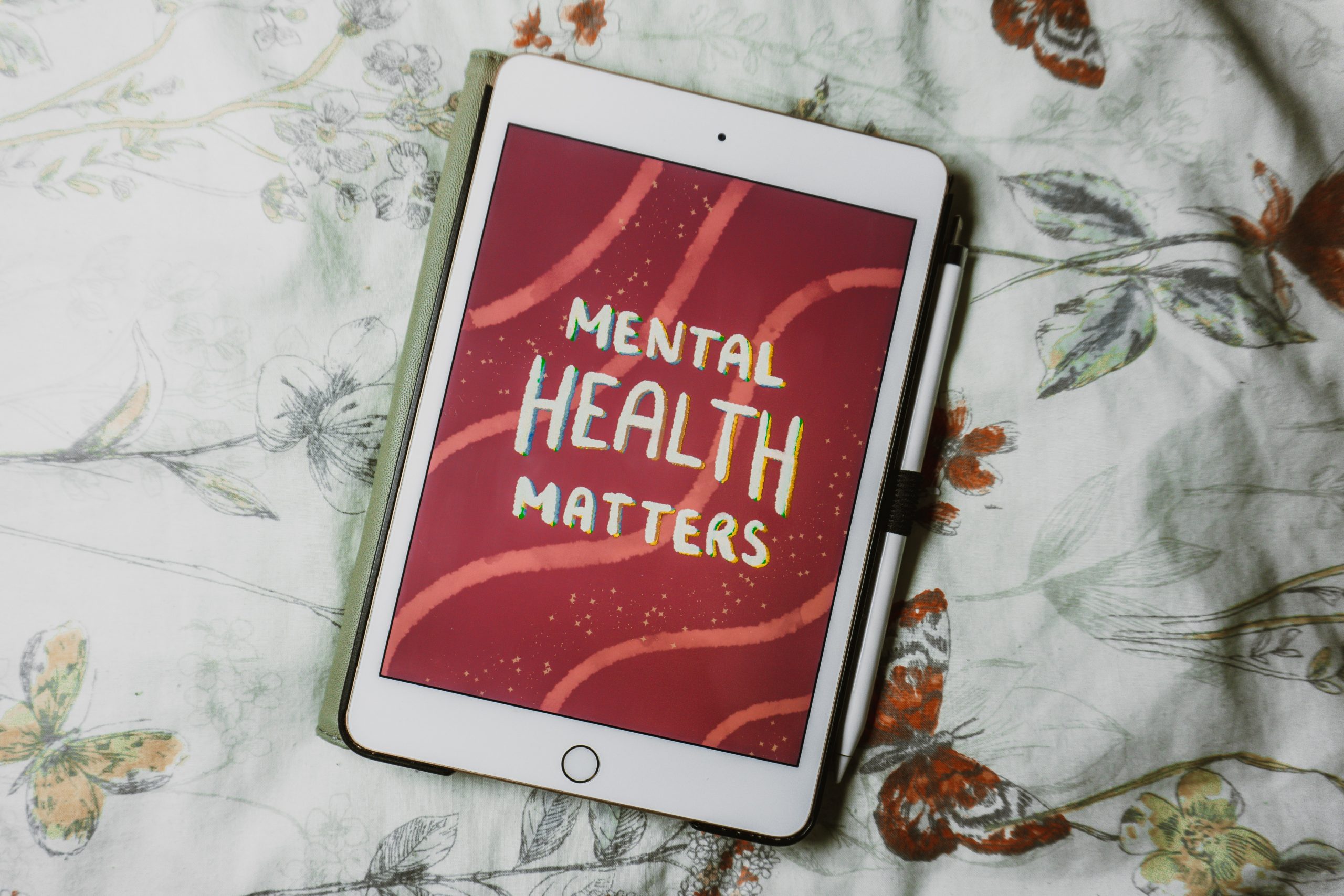MENTAL WELLBEING – UNTIL RECENTLY A TABOO SUBJECT – AND MOST OFTEN NOT REPORTED OR UNACKNOWLEDGED UNTIL IT WAS TOO LATE – HAS BEEN LEFT UNSUPPORTED, A SPIRAL OF ILL HEALTH, ABSENTEEISM AND ATTRITION WILL FOLLOW. TRADITIONALLY, MENTAL AND PHYSICAL HEALTH HAVE BEEN TREATED AS ALMOST SEPARATE ENTITIES. PHYSICAL – AN ILLNESS OR INJURY – WAS EASY FOR EMPLOYEES TO REPORT AND FOR EMPLOYERS TO QUANTIFY AND PROCESS.
FOR TOO LONG, WE HAVE BEEN MANAGING ABSENCE AND ILLNESS IN THE WORKPLACE IN SILOS – ON A “CATCH THEM AS THEY FALL” STRATEGY. ALTHOUGH SOME AREAS OF PHYSICAL HEALTH HAVE HAD A PREVENTION STRATEGY, MENTAL HEALTH TRAILS BEHIND. HAVING A COMBINED APPROACH, WITH A WHOLE PERSON PERSPECTIVE, IS ALMOST NON-EXISTENT.
There is a proliferation of fruit bowls, foosball tables and yoga sessions available at work. On the face of it, these may seem like they are tuned into an environment of self-care and healthy lifestyles. But they are, in fact, simply fiddling around the edges of a growing problem, often with mis-matched mental health implications. The Mental Health Foundations 2018 study, Stress: Are we coping? shows that in the past year, 74 percent of people have been overwhelmed or unable to cope. The Health & Safety Executive’s 2021/22 statistics state that the highest causes of workplace absence are stress, depression or anxiety and musculoskeletal disorders, totalling 17.0 million and 7.3 million days lost respectively. This is before we look for links between mental and physical health, of which there are many. The Kings Fund and Centre for Mental Health, noted that: “Physical health problems significantly increase the risk of poor mental health and vice versa”.
Many will have health & safety and occupational health advisers, EAP schemes and Mental Health First Aiders (MHFA). Despite the overlaps – and Occupational Health supposedly working with the whole person including mental health – the reality is that wellbeing as a whole is dealt with in pockets and those trying to do their best feel disempowered, with their approaches often ineffective. Prevention is not built into their systems. MHFA increases awareness and referrals to mental health specialists and an EAP scheme typically only offers five sessions of counselling before the NHS is expected to take over. The key issue with the acceleration of mental health first-aid and the continued reliance on EAP schemes is, both are designed specifically to catch someone as they fall. Factor in research in 2022, published by the Royal College of Psychiatrists, shows that 23 percent of adults referred for mental health services waited over 12 weeks and that 43 percent said the long waits for treatment have led to their mental health becoming worse. These prevention averse solutions are exacerbating the ongoing and worrying backlog of support for mental health.
Then there’s the development of technological solutions, with app developers envisaging a profit to be made from the increase in awareness of mental health issues. In 2021 Rebecca A. Clay wrote in the American Psychological Association article that there were as many as 20,000 mental health apps available to download. This is an unregulated area, with apps mainly developed without the use of mental health specialists. Deloitte INsights 2022 study notes a 20 percent growth would be a conservative figure to attribute to the industry. The ease of commissioning or purchasing an app as a mental health solution is a risk for any business, as apps can minimise the mental health issues, by suggesting they may be solved in broad sweeping strokes and not in an individually-tailored approach. They can also cause reputational damage, if the basis of the app lacks real mental health expertise. All of this points to some fundamental questions; who in your organisation is taking responsibility for the health and wellbeing strategy, who owns the budget and does that budget recognise the returns on investment?
FOR FURTHER INFO WWW.CALMPEOPLE.CO.UK
Read the latest issue and more enlightening articles for free by clicking HERE.
Or you can subscribe to our publication monthly in PRINT & DIGITAL.
When you subscribe you will also be helping Borderlands, working with refugees, asylum seekers and other vulnerable migrants to help them from exclusion to belonging.









